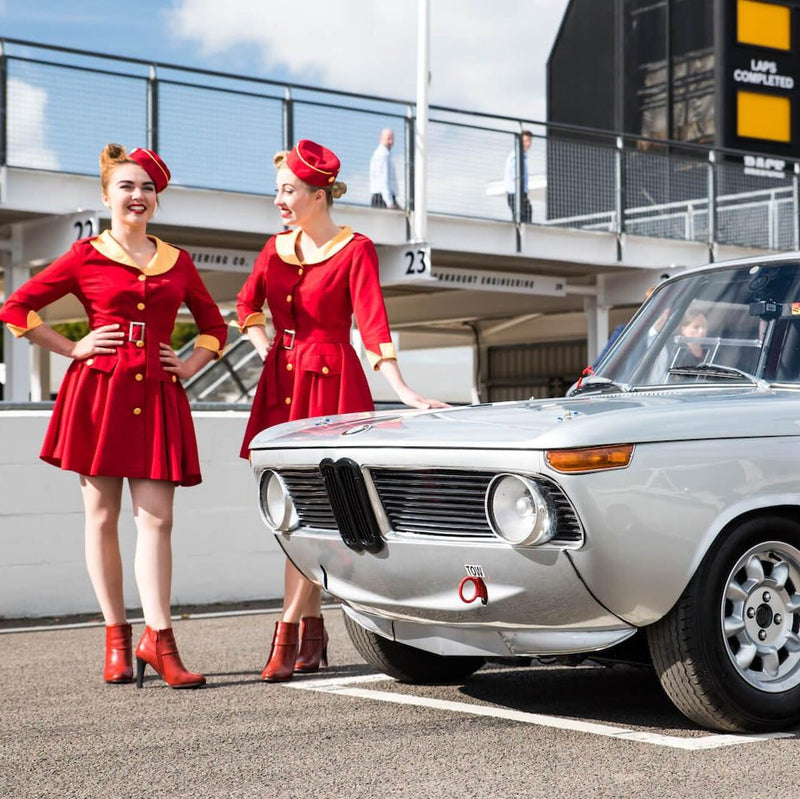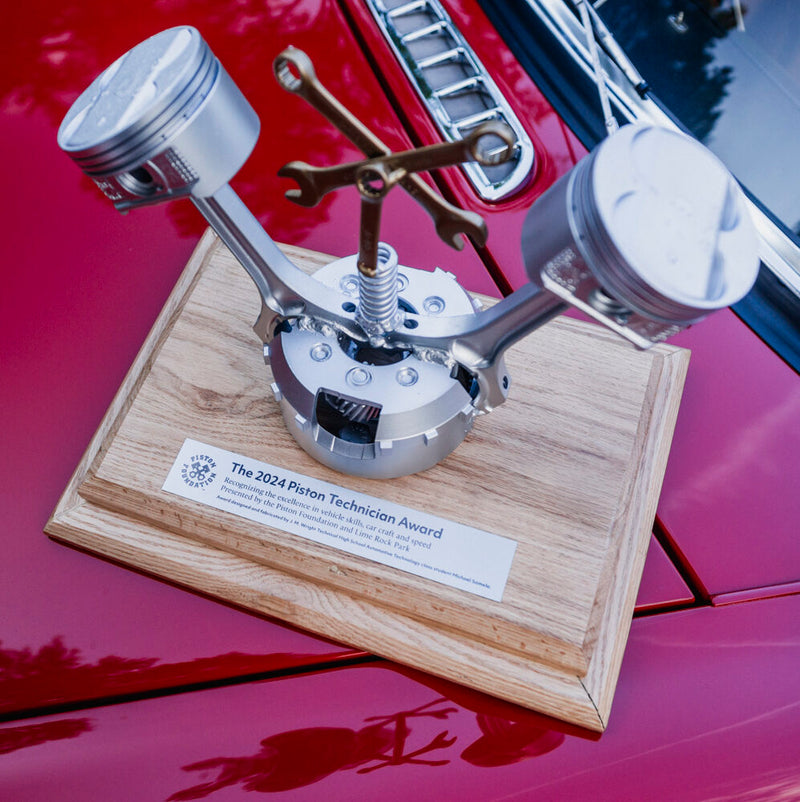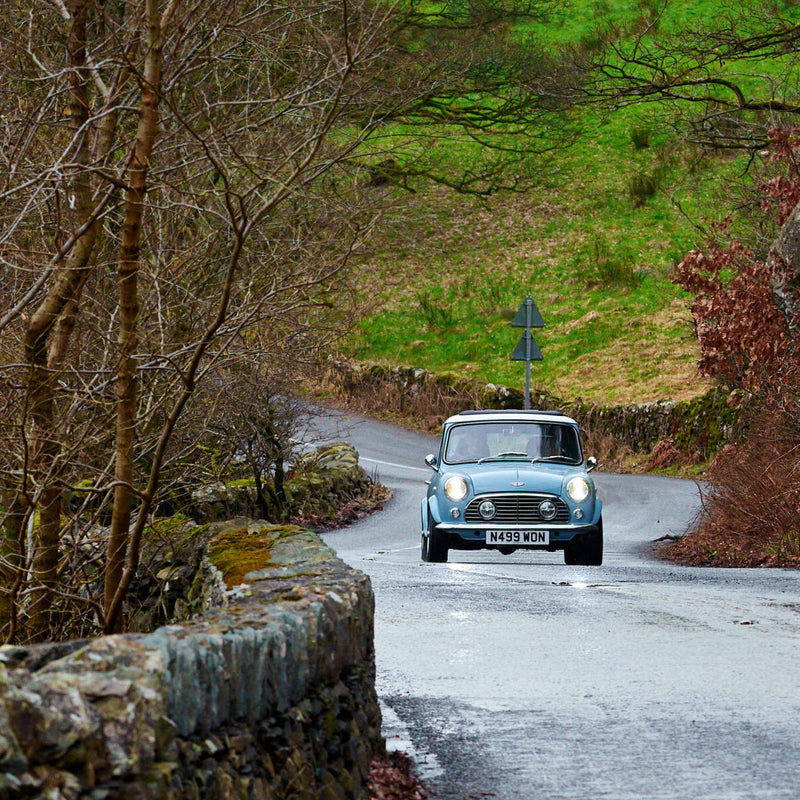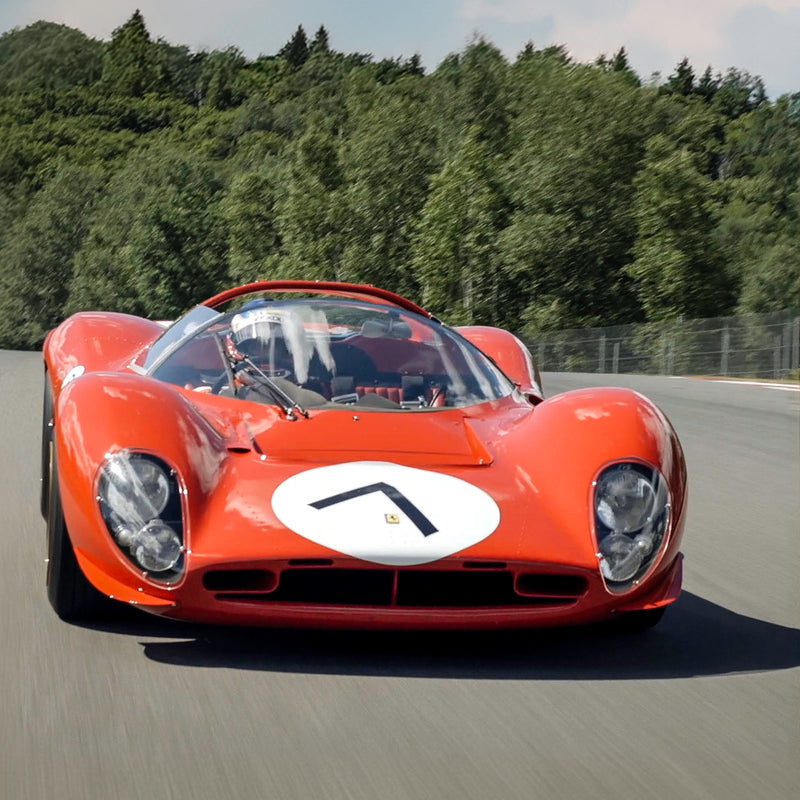There are some cars that are so visually striking, capturing the essence of motion so fundamentally that they stop you in your tracks. This is not one of them. The Citröen 2CV, or Deux Chevaux-Vapeur, is however so cunningly simple and elegant that it is a design icon. From the outset it was envisioned as a French Ford Model T, designed to mobilize the entire nation.
The Michelin family, who had taken controlling interest in the bankrupt Citröen brand, developed the 2CV, beginning in the mid-1930s because they believed that more expensive, upmarket cars were responsible for Citröen’s failure to begin with. Michelin thought that by making cars cheaper and available to many more people, the company would thrive.

The design brief is well known: space for four, carry fifty kg (110 lbs) of cargo, a fuel economy of three liters (about ¾ of a gallon) of fuel per hundred kilometers (about 78 mpg), and the ability to cross a plowed field with a basket of eggs surviving in tact, on the seat. It also had to be capable of hitting fifty km/h. But what more obscure is that Mr. Pierre-Jules Boulanger, Chief of Engineering and Design for Citröen, chose engineers that had qualified through night school courses, over university trained ones. According to Mr. John Reynolds, author of Citröen 2CV, if you’ll pardon the cliché, Boulanger believed that necessity was the mother of invention and thus, men with humbler backgrounds would have more innovative solutions and greater practical experience rather than those who had enjoyed a more privileged upbringing.
The project continued to develop (over forty prototypes were built (!)), was halted by World War II when the cars and project were hidden from the Germans due to a fear that they might find a military application, and finally jump started after the liberation.
Rather than proceeding through the usual aesthetic analysis though, I’d rather discuss some of the Citröen’s engineering innovations, as they are what made the 2CV such a wonderful car. Most famous and noteworthy is the suspension that was a four-wheel independent type. But it didn’t have a sporting focus, rather it was chosen to allow for the car to glide over bumps without losing contact with the surface (a direct result of Mr. André Lefèbvre’s, former Grand Prix designer and racer, involvement) and used a leading-/trailing-arm set up. This design endowed it with a much lower unsprung weight than traditional coil or leaf arrangements. It was also designed to be extremely soft to absorb rough terrain.

This layout also allowed for the rear tires to be changed without removing the fender skirts. Due to its design, the suspension also adjusted to varying weights automatically, Mr. Reynolds says that, “four people and cargo on board the wheelbase increases by around 4 cm (2 in) as the suspension deflects, and the castor angle of the front wheels increases by as much as 8 degrees thus ensuring that ride quality, handling and road holding is almost unaffected by the additional weight.”
Additionally, the front brakes are mounted inboard to reduce unsprung weight. The powertrain is front-wheel drive with the relatively light engine mounted fore of the front wheels to improve driveability and directional stability. Not only did all of these factors improve the cars driving characteristics in accordance with the brief, but they also helped serviceability and made the cars relatively durable. To this end, the rack-and-pinion steering rack was tucked inside of the front suspension cross tube, well behind the front tires to protect it in an impact. Also, nearly all of the body panels were removable including the fenders, doors, cloth roof, hood, and trunk. It was possible to essentially convert your 2CV into a pickup truck.
Windows were two-piece and hinged in the middle to save weight and complexity. Amazingly, the 2CV remained in production for forty-two years! It finally succumbed when it was no longer remotely competitive with modern cars in terms of speed and acceleration. Perhaps even more incredible is that the design was somehow still competitive in the early 1980s, in terms of safety, due to its engineered front crumple zone.
The little Citröen has many nicknames, the majority derisive and based on its appearance. I certainly won’t defend its Quonset appearance—but there is beauty in function and durability as well. And that being the case, the Citröen 2CV is a supermodel.

White 2CV Image Source:4starclassics.com




















































